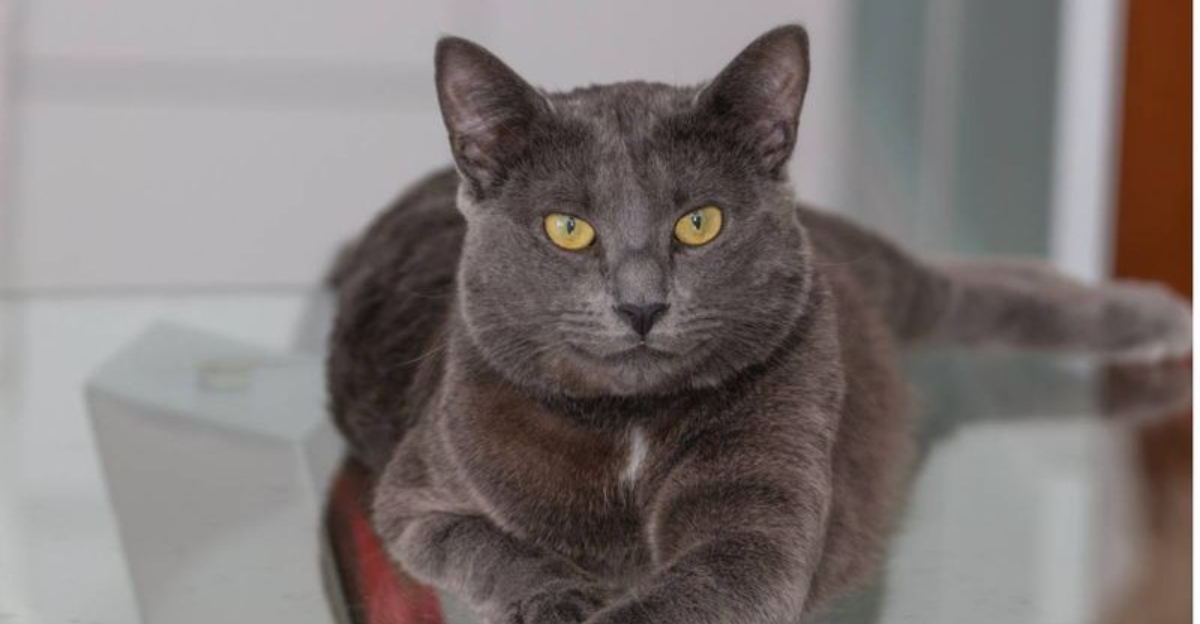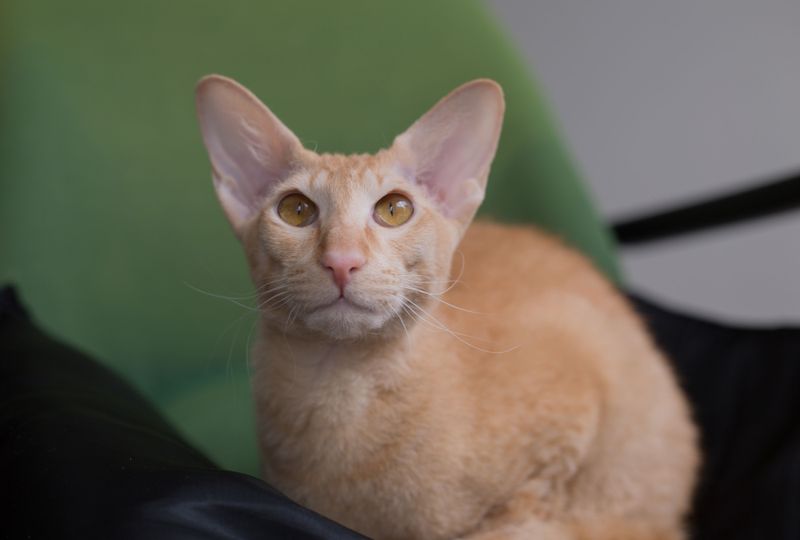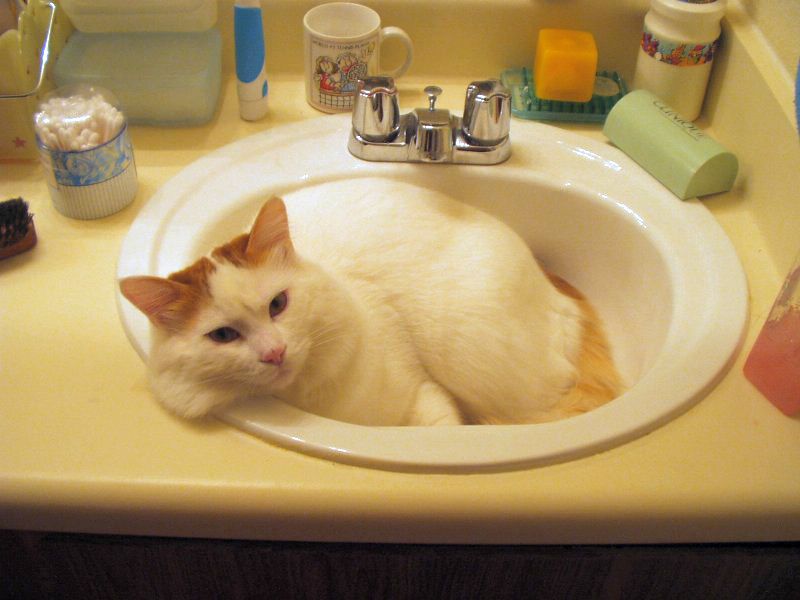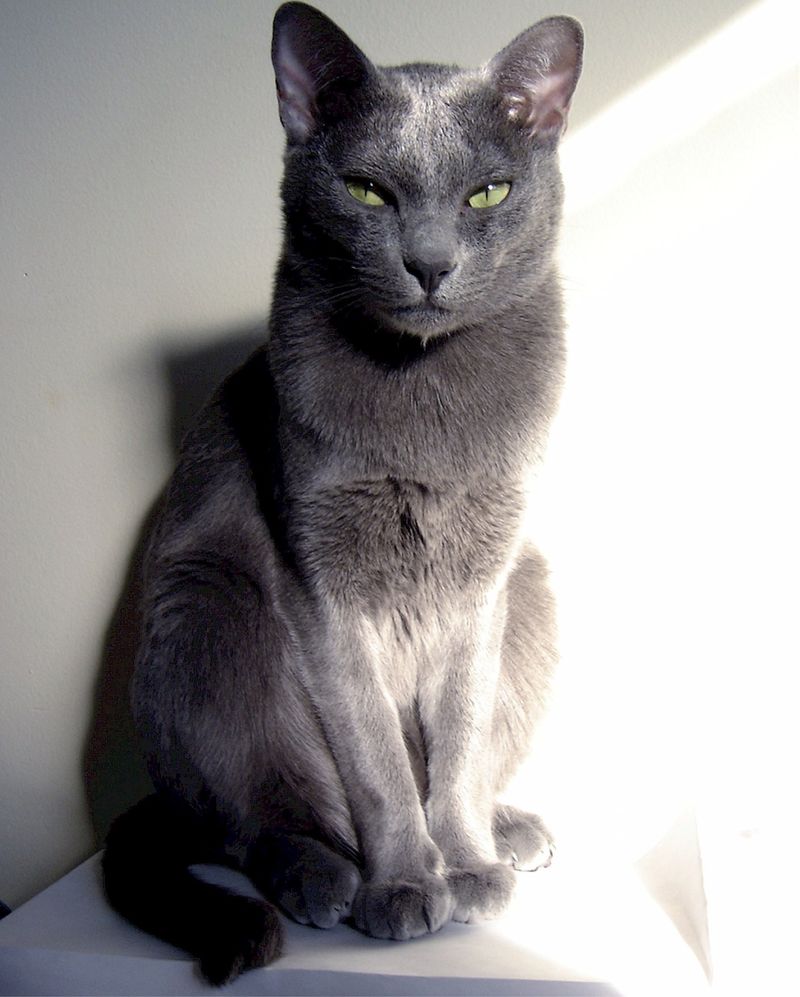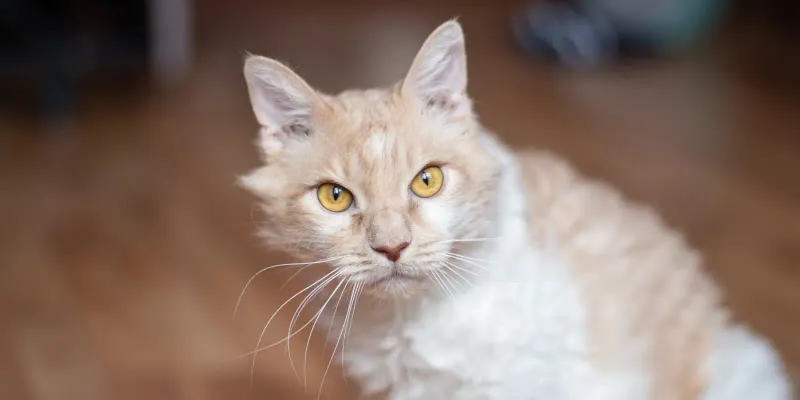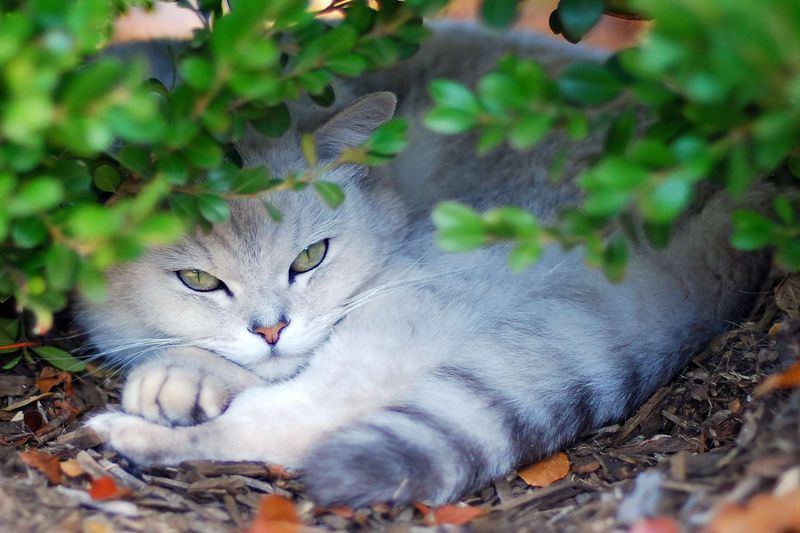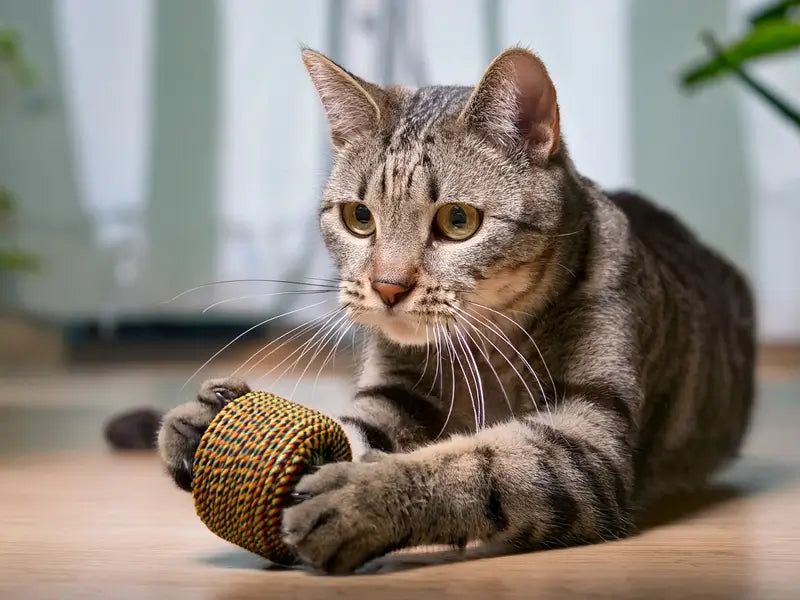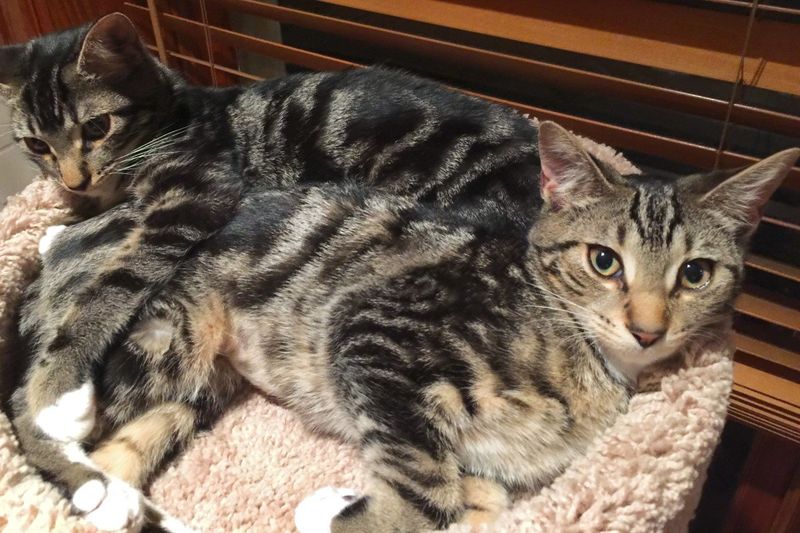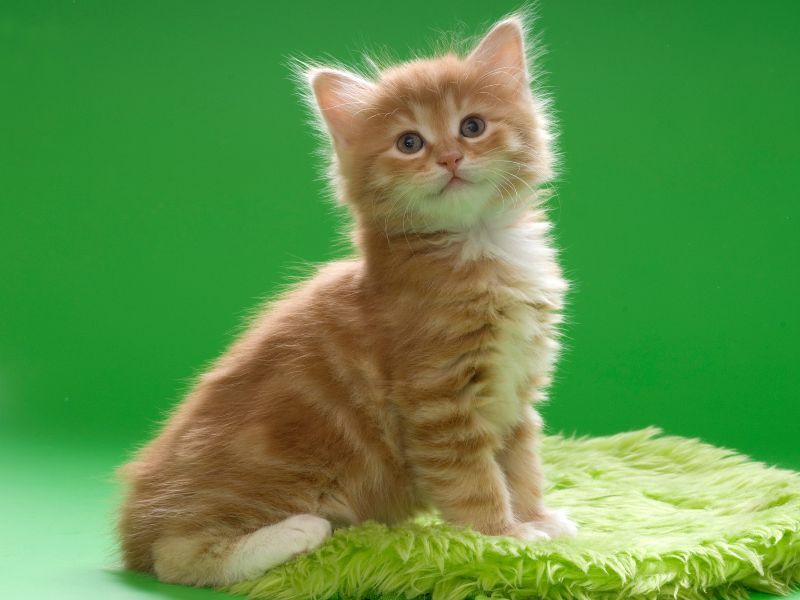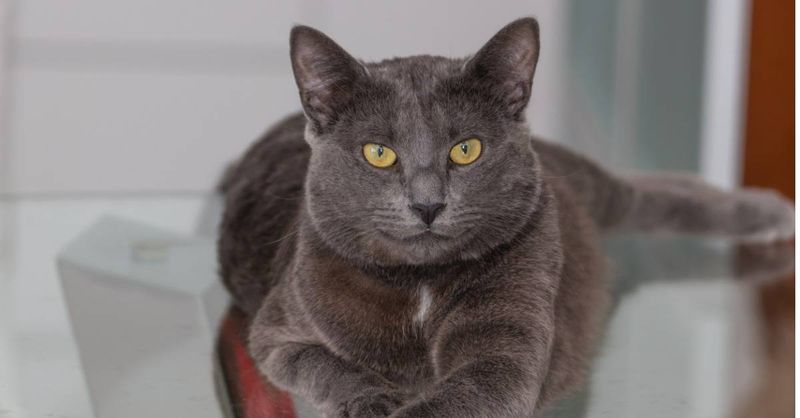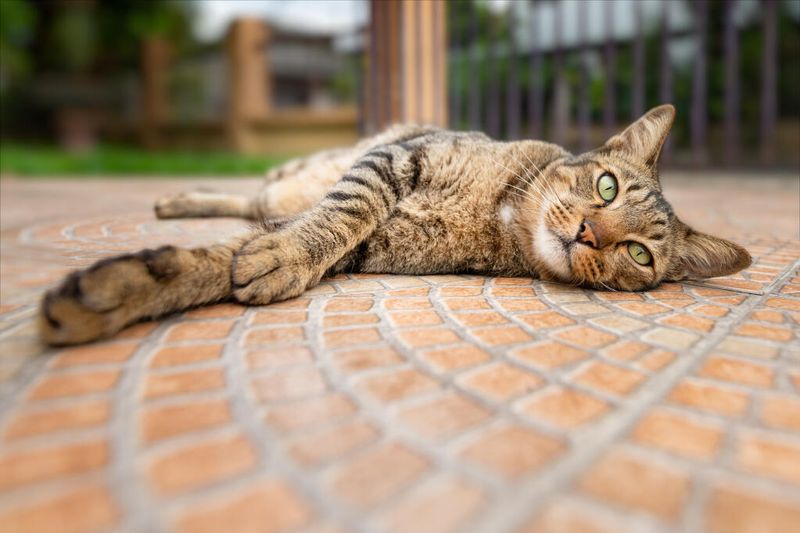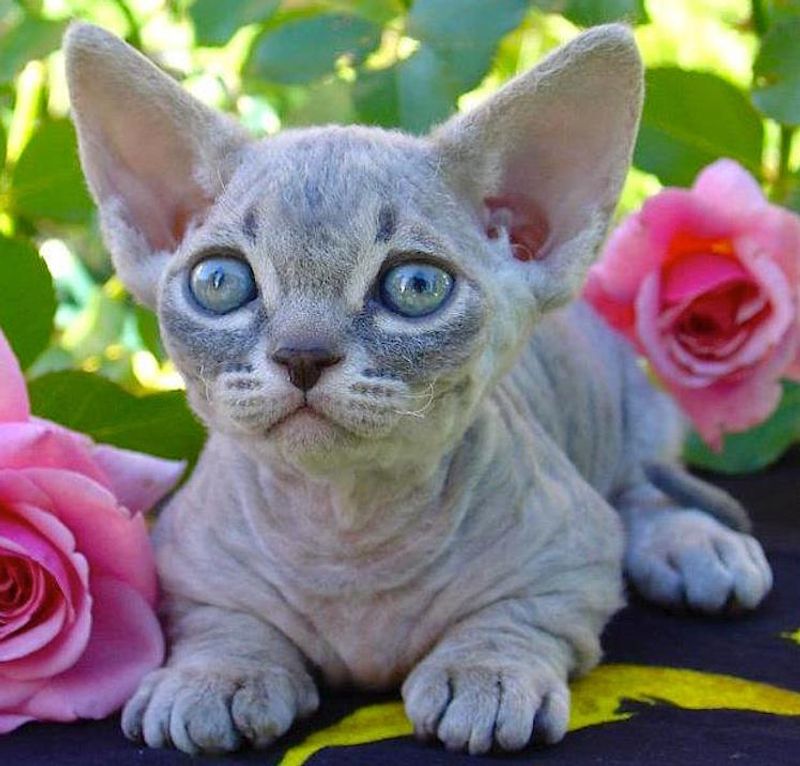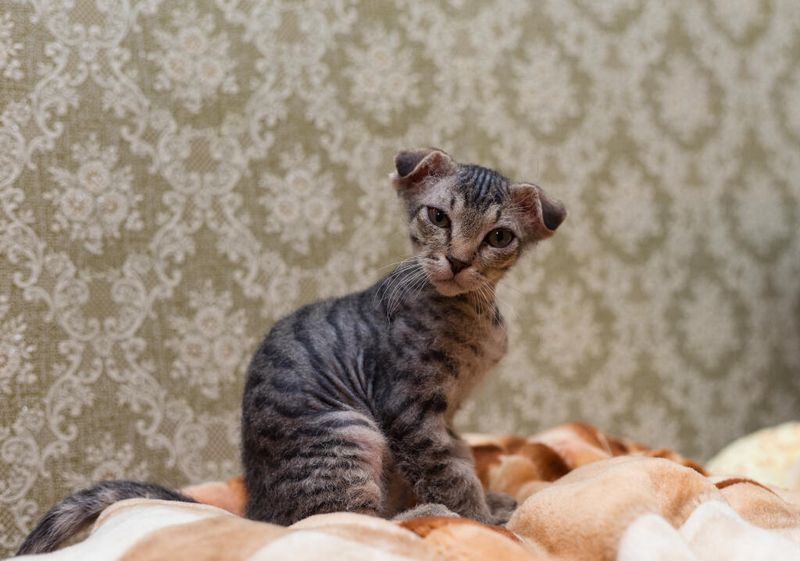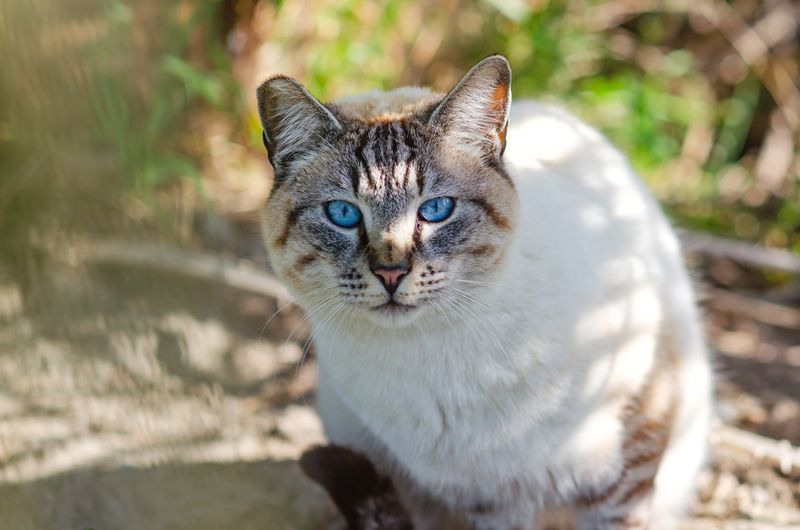📖 Table of Content:
Uncommon cat breeds are steadily making their way into homes across America, capturing the hearts of feline enthusiasts everywhere. These extraordinary cats stand out with striking features like curled ears and an unusual love for water, distinguishing them from everyday housecats. Their unique traits offer a fresh and captivating alternative to the more familiar tabby and domestic breeds.
As interest in rare cat breeds grows, more people are drawn to their fascinating personalities and distinctive looks. These cats often come with special care needs and behaviors that set them apart, appealing to owners seeking a truly one-of-a-kind companion. The rarity of these breeds adds to their allure, creating a sense of exclusivity and wonder.
Despite being less common, these remarkable felines are gaining attention and affection in American households. Their growing popularity reflects a desire for diversity and novelty in the pet world, as well as appreciation for the rich variety within the cat species. Welcoming these rare breeds into homes enriches the bond between humans and their extraordinary feline friends.
1. Peterbald
Born in Russia during the 1990s, the Peterbald combines elegant features with a mostly hairless body. Their skin feels warm and soft like suede, making them especially cuddly during cold winter nights. Unlike other cats, Peterbalds have extraordinarily high metabolism rates, requiring more food than average cats despite their slender frames.
They’ve gained traction in metropolitan areas like New York and Los Angeles where cat enthusiasts appreciate their distinctive appearance. Peterbalds form strong bonds with their families and often follow their humans from room to room like loyal shadows. Their intelligence allows them to learn tricks and commands that most cats would ignore.
2. Turkish Van
Known for their extraordinary swimming skills, Turkish Vans break the mold of typical water-averse cats. These rare felines often seek out water play, which has led to their charming nickname, “swimming cats.” Their striking white fur, accented with colored markings on the head and tail, is called the distinctive “van pattern.”
American owners often install small pools or fountains specifically for their Turkish Van’s enjoyment. These cats mature slowly, reaching full development around 3-5 years of age. Their playful, energetic nature continues well into adulthood, making them perpetual kittens at heart even as senior cats.
3. Korat
Korats arrive in American homes with centuries of Thai history behind them. Their distinctive blue-gray coats shimmer with each movement, creating an almost silver halo effect in certain lighting. Many owners report these cats seem to make direct eye contact more frequently than other breeds. Traditionally given as gifts to newlyweds in Thailand, Korats symbolize good fortune and prosperity.
Their heart-shaped faces and large green eyes make them instantly recognizable to cat enthusiasts. Despite their rarity, Korats have established a dedicated following in the Midwest. These cats form intense bonds with their families but remain somewhat reserved around strangers, showing their affection only to their trusted inner circle.
4. LaPerm
In 1982, a bald kitten born on an Oregon farm surprised everyone by growing a curly coat, sparking the birth of the LaPerm breed. This unique development caught the owner off guard and soon became the foundation for these special cats. Their soft, curly fur can vary from relaxed waves to dense, bouncy ringlets.
Each LaPerm has a distinct curl pattern, making every cat one-of-a-kind. American owners often report that people mistake their LaPerms for small poodles from a distance. These cats combine playfulness with a gentle temperament. LaPerms enjoy interactive games but won’t tear through the house like some more energetic breeds, making them ideal for both apartments and larger homes.
5. Burmilla
Originating in the United Kingdom, Burmillas resulted from an unplanned cross between a Chinchilla Persian and a Burmese. Their elegant silver coats feature soft shading that lends them an ethereal glow in the right light. American families appreciate their moderate energy level, making them neither too hyper nor too sedentary.
Burmillas maintain kitten-like playfulness throughout adulthood while also enjoying quiet cuddle sessions. Their short, plush coats require minimal grooming compared to other exotic breeds. These cats have expressive green eyes that seem to change color depending on the lighting. Burmillas typically bond closely with all family members rather than selecting a single favorite person, making them wonderful family companions.
6. American Wirehair
American Wirehairs developed from a spontaneous genetic mutation in a barn cat litter in upstate New York. Their most distinctive feature is their crimped, springy coat that feels like steel wool but looks plush and attractive. Each hair has a hooked end, creating a unique texture unlike any other cat breed. Despite being born in America, these cats remain one of the rarest breeds even in their homeland. Current estimates suggest fewer than 100 registered purebreds exist nationwide, making each one a special treasure.
Owners value their balanced temperament – playful yet calm, affectionate without being demanding. American Wirehairs adapt well to various living situations, from busy family homes to quiet apartments with single owners.
7. Sokoke
From the forests of Kenya, Sokokes stand out as one of the rarest domesticated cat breeds in the world. Their bark-like tabby coat offers natural camouflage, perfectly suited for their original habitat. These cats move with exceptional grace and often develop strong social ties with their American families.
They frequently develop close relationships with other pets, including dogs. Their vocal nature means they’ll carry on “conversations” with their human companions throughout the day. These athletic cats excel at jumping and climbing. Owners typically install tall cat trees and shelving systems to satisfy their Sokoke’s natural desire to observe their territory from elevated positions.
8. Kurilian Bobtail
From Russia’s remote Kuril Islands comes the Kurilian Bobtail, a breed shaped by nature rather than human hands. Their trademark bobbed tail forms a unique pompom shape, unlike any other cat’s. Valued by American fishermen, these cats are known for their outstanding hunting abilities.
Kurilian Bobtails have been known to catch fish directly from ponds and streams, using their powerful paws to scoop prey from water. Despite their wild heritage, these cats display remarkably gentle temperaments. They form strong bonds with children and show unusual patience during play. Their sturdy build and thick coat make them well-suited to colder American regions like New England and the upper Midwest.
9. Chartreux
Chartreux cats carry centuries of French history in their genes. Legend claims they were companions to Carthusian monks, though historical records remain unclear. Their distinctive blue-gray coats feel like sheep’s wool and provide excellent insulation during the winter months. American owners frequently comment on their Chartreux’s unusual vocalizations.
Rather than typical meows, these cats communicate through soft chirps and trills. They’re known for their hunting prowess, with many households relying on their Chartreux for natural pest control. These cats display remarkable intelligence, often figuring out how to open doors and cabinets. Their expressive copper-orange eyes contrast beautifully with their blue coats, giving them a contemplative, almost smiling appearance that has charmed cat lovers across America.
10. Dragon Li
Also known as Chinese Li Hua, Dragon Li cats are a natural breed from China now gaining popularity in the United States. Their coat features a striking mackerel tabby pattern with markings that resemble Chinese writing, making each cat’s fur uniquely beautiful. Specialized breeders in America help preserve this rare Asian breed by connecting them with enthusiasts.
Unlike many domestic cats, Dragon Lis retain strong natural instincts. They excel at rodent control and display impressive problem-solving abilities when hunting. Their muscular bodies and alert expressions reflect their heritage as working cats. These cats form deep bonds with their families while maintaining independent spirits. Dragon Lis appreciate interactive play but don’t typically demand constant attention, making them suitable for busy households.
11. Minskin
Developed in Boston in the early 2000s, Minskins are a modern American breed that fuses Munchkin short legs with the partial hairlessness of Sphynx cats. This pairing creates a captivating look that turns heads in any room. Their signature “fur-pointed” pattern showcases mostly bare skin with soft, velvety fur on select areas like the face, ears, legs, and tail.
Despite their unusual proportions, Minskins move surprisingly quickly and can jump higher than many expect. American families appreciate their friendly, outgoing personalities. Minskins typically greet visitors enthusiastically and get along well with other pets. Their small size makes them ideal for apartment living, while their playful nature provides endless entertainment.
12. Ukrainian Levkoy
Ukrainian Levkoys combine the folded ears of Scottish Folds with the hairlessness of Sphynx cats. The result is an otherworldly appearance that has captivated American cat enthusiasts seeking something truly different. Their skin typically displays wrinkles that give them a thoughtful, somewhat stern expression. Despite their alien appearance, Levkoys display extraordinarily affectionate personalities.
They seek constant companionship and often sleep under blankets with their humans for warmth. Their lack of fur means they require special care, including regular bathing and protection from direct sunlight. These cats have found particular popularity in California and Florida, where the warmer climate suits their hairless bodies. Owners report these cats learn their names quickly and come when called, displaying dog-like loyalty unusual among felines.
13. Ojos Azules
Among the rarest cats are the Ojos Azules, with possibly under 100 individuals around the globe. Their striking deep blue eyes — the source of their Spanish name — can appear regardless of coat color, unlike many breeds where blue eyes are linked to white or pointed fur. Discovered in New Mexico in the 1980s, this breed’s unique genetic trait sets them apart.
American breeders work carefully to preserve this trait while avoiding health issues associated with the gene in its homozygous form. Owners describe their Ojos Azules as moderately active and deeply devoted to their families. Their rarity means each cat becomes a treasured companion, often attracting attention from visitors who have never seen such unusual blue eyes on a solid-colored cat.
